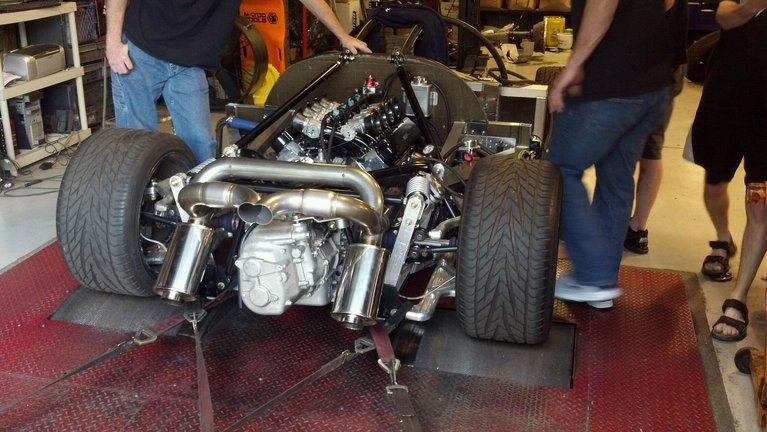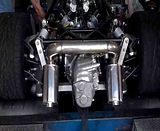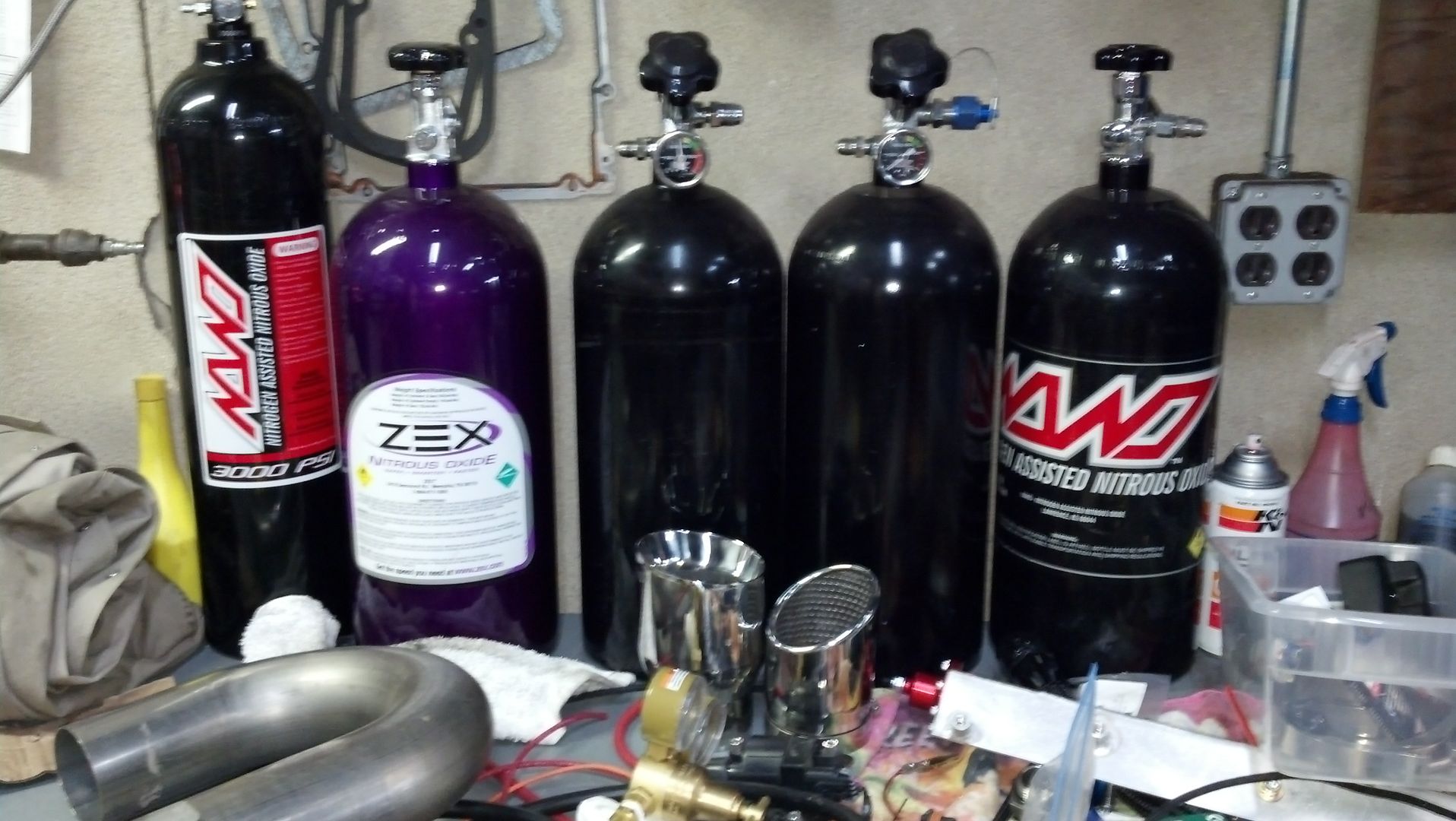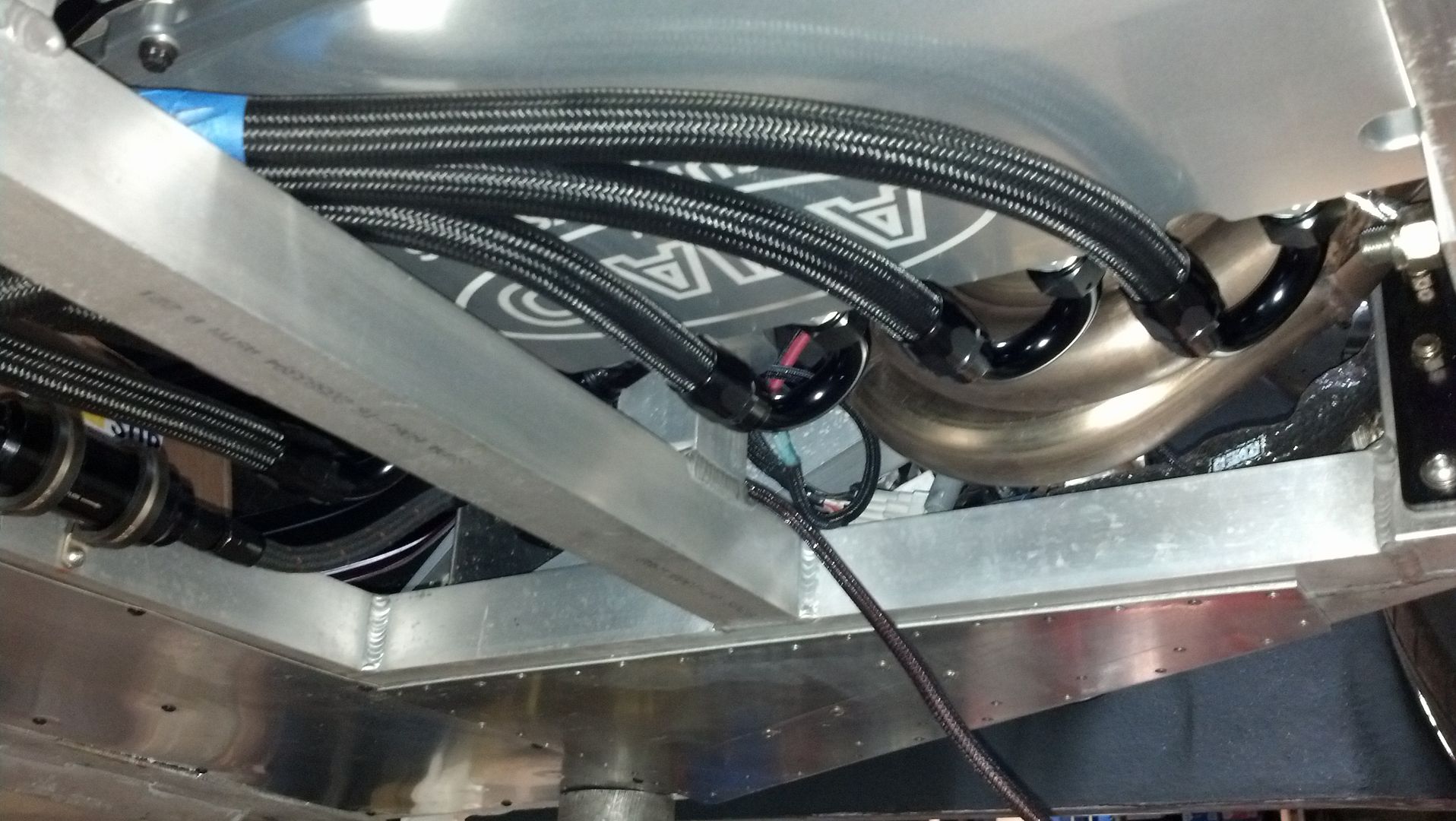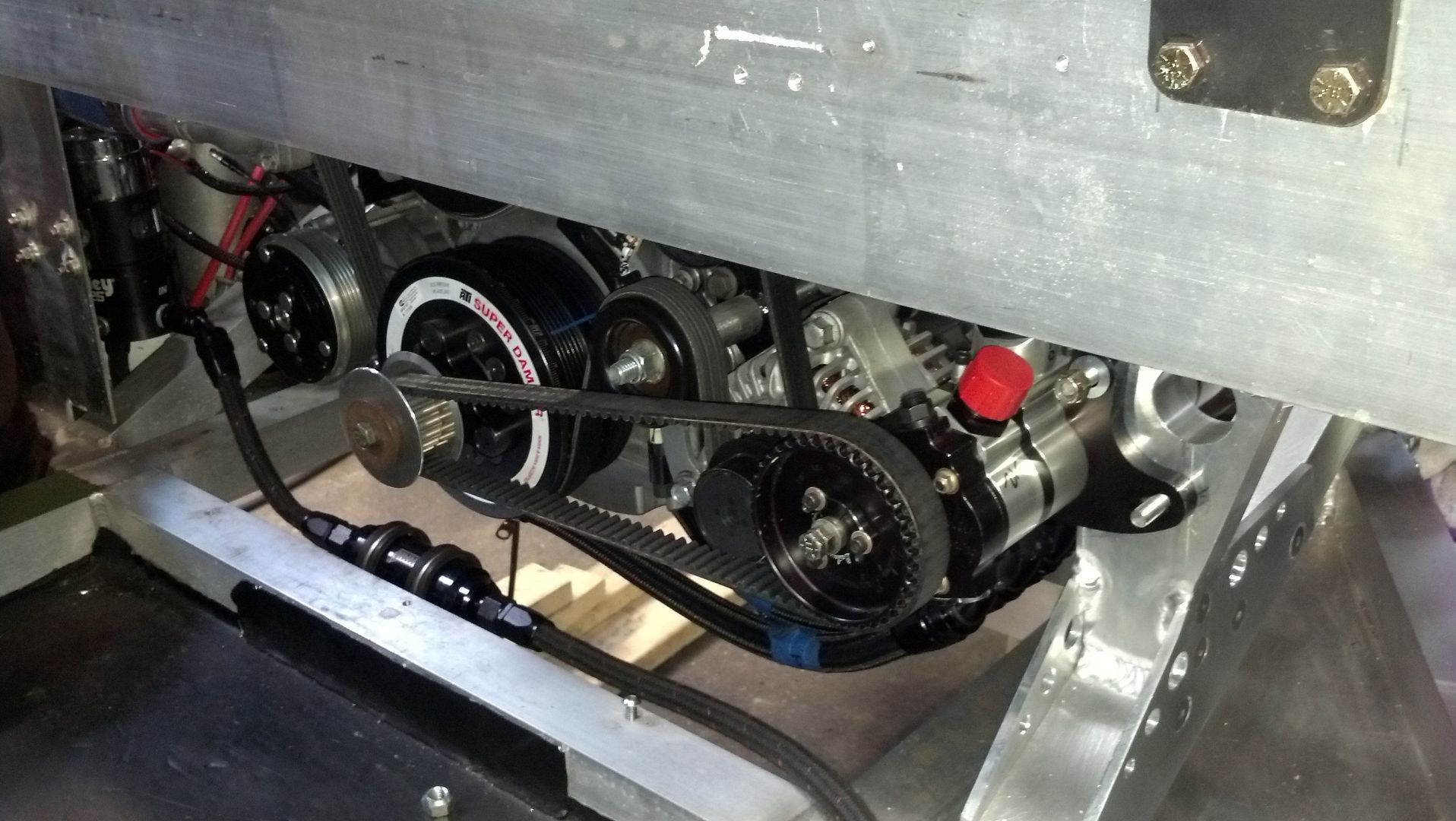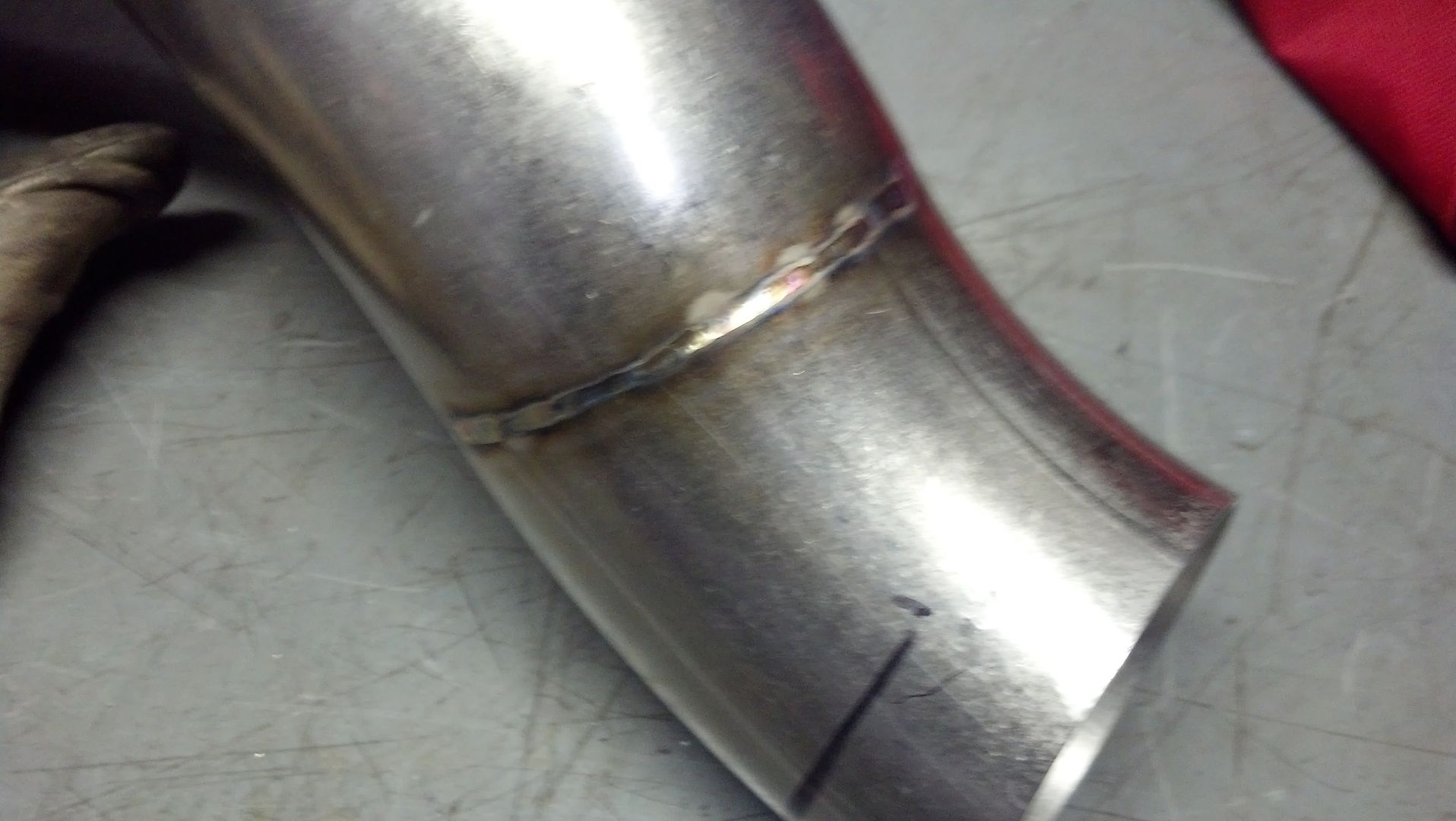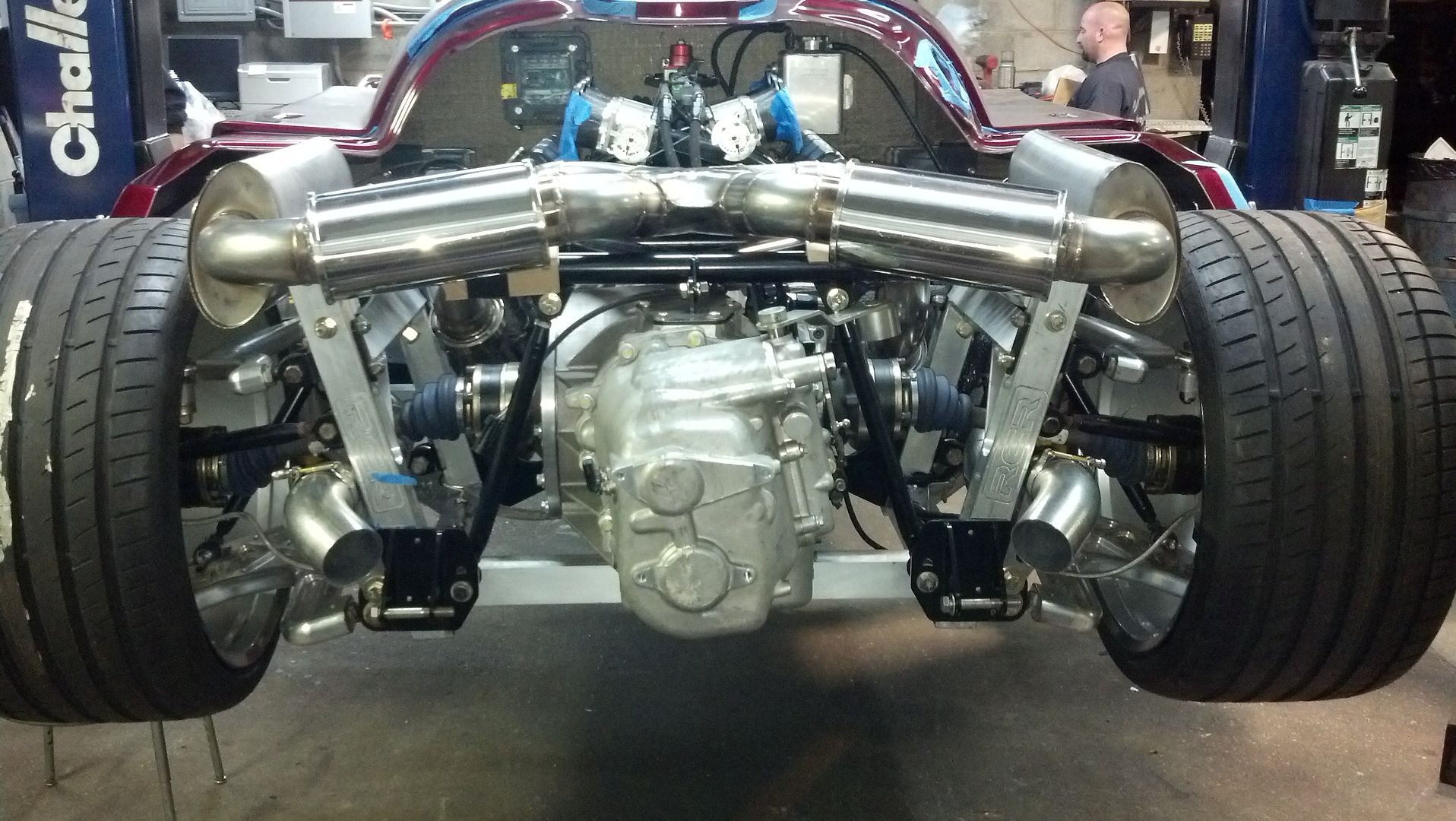So are you looking at or incorporating tuning tubes/adjustable? Will you have space after the muffler to incorporate? I've seen some pretty impressive home brood resonate chambers that completely change the quality and db of the exhaust. Very good at eliminating the American V8 rumble that some fret over with the LSx engines and the DRONE that no one wants.
Yes, I'm looking at using adjustable j pipes (2 or 2.5" od) to tame any weird harmonics or outright drone. I do have room but they wouldn't be an exact "j" shape. I won't know what/if I need until it's running again and on the dyno. I'll use a spectrum analyzer if it sounds funky and go from there.
My hope is that the cats, x-pipe, multicore mufflers, etc will provide the sound I'm looking for and I won't need any j pipes.
I've had 3 different H-pipe setups. One didn't work properly flow/performance-wise. The other 2 did. They all quieted down the exhaust a lot and gave a smooth deep tone even at short pipe lengths. I liked the sound of the h-pipe, but I wanted to "exhaust" all the possibilities of the SLC with the street tail.
Do you have links to the videos of the exhausts you mentioned?


